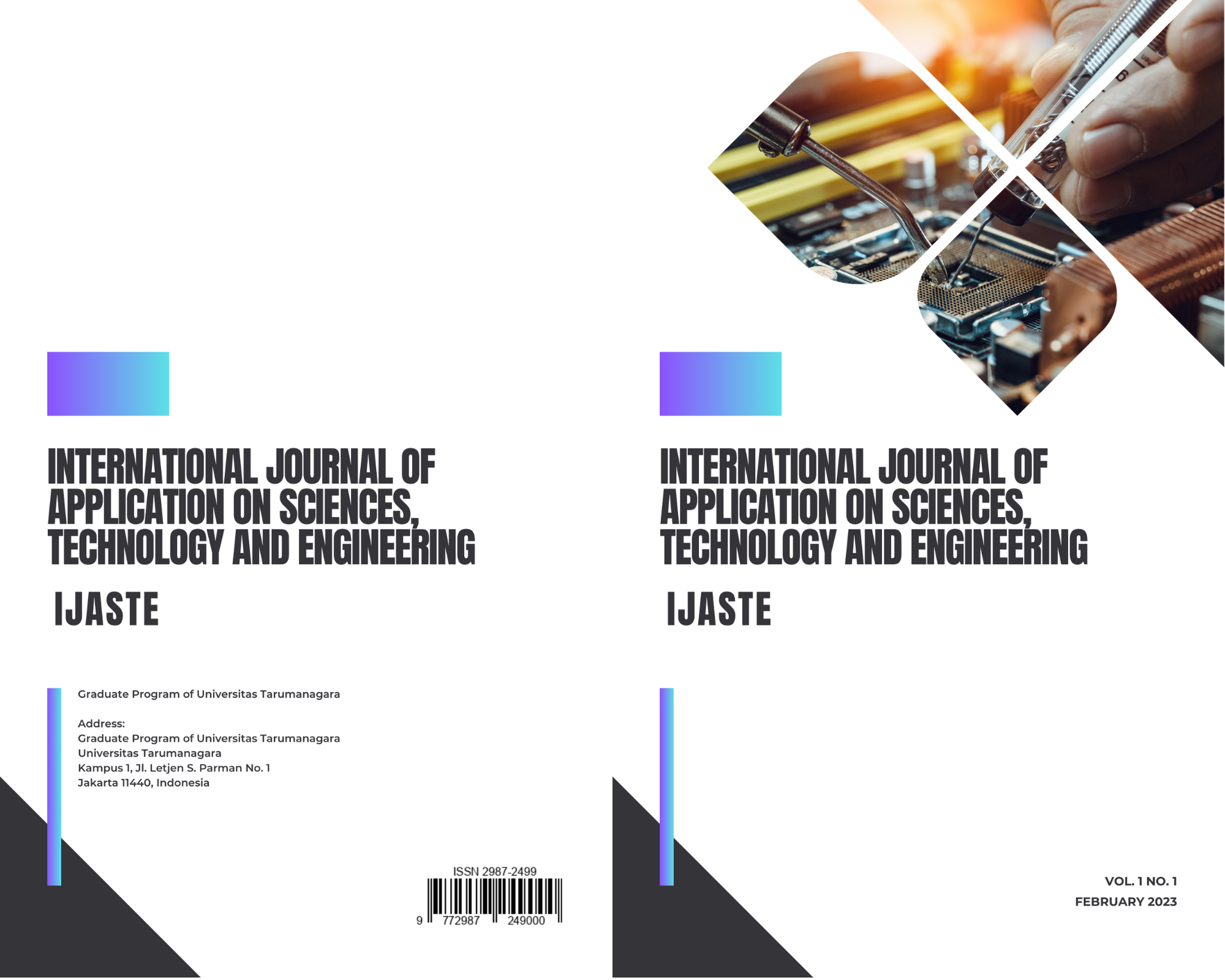Performance Analysis of Precast Hollow Core Slab with Circle Hole Using Finite Element Method
Main Article Content
Abstract
The use of a hollow core slab (HCS) prestressing technology in a building is an alternative to traditional slabs or on-site casting. The advantage of HCS is that its self-weight is lighter than that of standard slabs (with the same size and thickness), reducing the total weight of a building structure. The HCS models in this study will have a thickness of 120 mm, a width of 1200 mm, varying lengths (4 m, 4.25 m, 4.5 m, 4.75 m, 5 m), and a variable number of wires (12, 14, 16). The test is performed by comparing the results of laboratory testing with the results of numerical calculations (finite element method) performed with the MIDAS FEA application. The results of the finite element method test analysis are predicted to be close to the results of the lab tests. The load capacity that can be carried by HCS utilizing the finite element method analysis (MIDAS FEA program) generated a capacity value similar to the same as the lab test results with a variance of 2% to 11%. The analytical results also demonstrate that the 4-meter HCS span is more efficient and effective than other spans when comparing the ratio between the load capacity that can be carried and the weight of the HCS itself, which is 0.856. The finite element method analysis can demonstrate the cracking of the hollow core slab in stages.
Article Details

This work is licensed under a Creative Commons Attribution-NonCommercial-ShareAlike 4.0 International License.
References
E. G. Nawy, Beton Prategang: Suatu Pendekatan Mendasar (Erlangga, Jakarta, 2001).
I. Imran and S. J. Pantazopoulou, "Slab-Wall Connections Under Lateral Forces," in ACI Structural Journal-1992, vol. 89, no. 5, pp. 515-527
D. R. Buettner and R. J. Becker, PCI Manual for the Design of Hollow Core Slabs (PCI Journal, Chicago, 1998).
J. H. H. Fellinger, Shear and Anchorage Behaviour of Fire Exposed Hollow Core Slabs (DUP Science, Delft, 2004).
R. D. Cook, D. S. Malkus and M. E. Plesha, Concepts and Applications of Finite Element Analysis (John Wiley & Sons, New York, 1989).
D. L. Logan, A First Course in the Finite Element Method (Brooks/Cole, United States, 2002).



